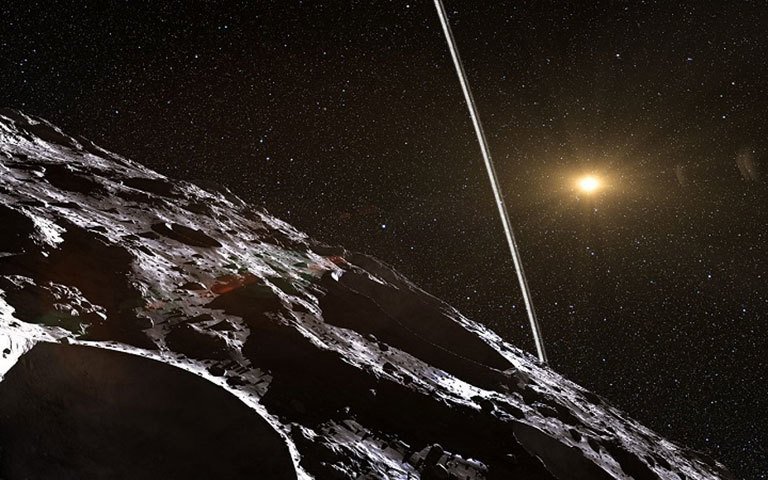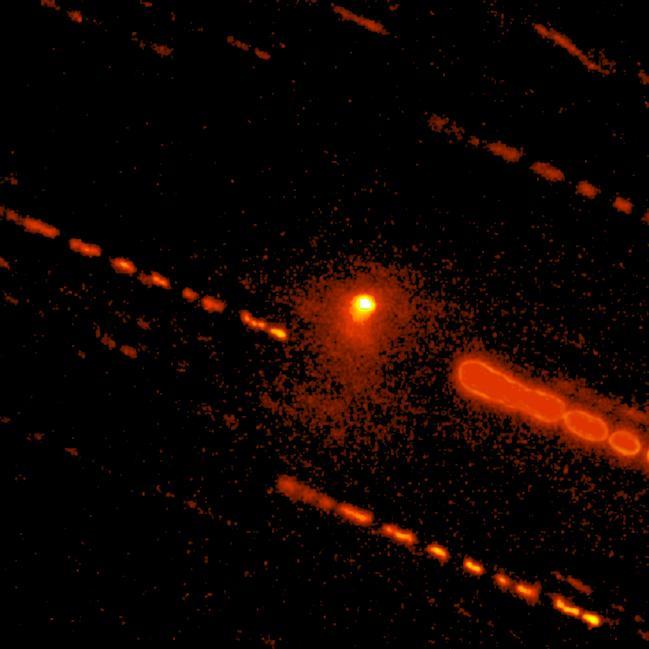‘Very excited’ astronomers discover activity on rare CENTAUR hybrid of comet and asteroid

A team of “very excited” astronomers have discovered activity around a rare type of space object that’s rocky like an asteroid but also clouded in dust and gas, like a comet.
These unusual celestial bodies are known as Centaurs, like the half-man and half-horse creature from Greek mythology. They are actually minor planets and originated way out in the icy Kuiper Belt, on the edge of our solar system.
The objects are incredibly rare – in fact, despite astronomers relentlessly scanning the skies, only 18 active Centaurs have been discovered since 1927. They are also immensely difficult to observe because they are faint, very far away, and move in unusual ways. Because of this they are poorly understood.

Despite these obstacles, the team of scientists from Northern Arizona University developed a novel technique to monitor a Centaur called 2014 OG392 and made a significant discovery.
The team created an algorithm to scan for activity traces in existing images from space. This enabled them to observe 2014 OG392 converting solids into gases – a process known as sublimation – and leaving behind a long, comet-like halo.
The next step in the process involved using computer modeling to figure out what types of ice could be burning off the rock to create the halo. The investigation identified carbon dioxide and ammonia as the most likely candidates.
This was a significant breakthrough, and it resulted in 2014 OG392 shedding its Centaur status to be elevated to a fully fledged comet. It even has a new name and will now go by the snappy moniker C/2014 OG392 (PANSTARRS).

“I’m very excited that the Minor Planet Center awarded a new comet designation befitting the activity we discovered on this unusual object,” lead researcher Colin Chandler said.
Celestial bodies such as this are believed to date back to the dawn of the solar system, and are thought to have barely changed in the billions of years since. The experts hope that studying them will help shed light on how planets, including Earth, were formed and evolved.
Also on rt.com ‘Planet-killer’ asteroid Apophis SPEEDS UP en route to Earth, could strike in 2068 – studyLike this story? Share it with a friend!













